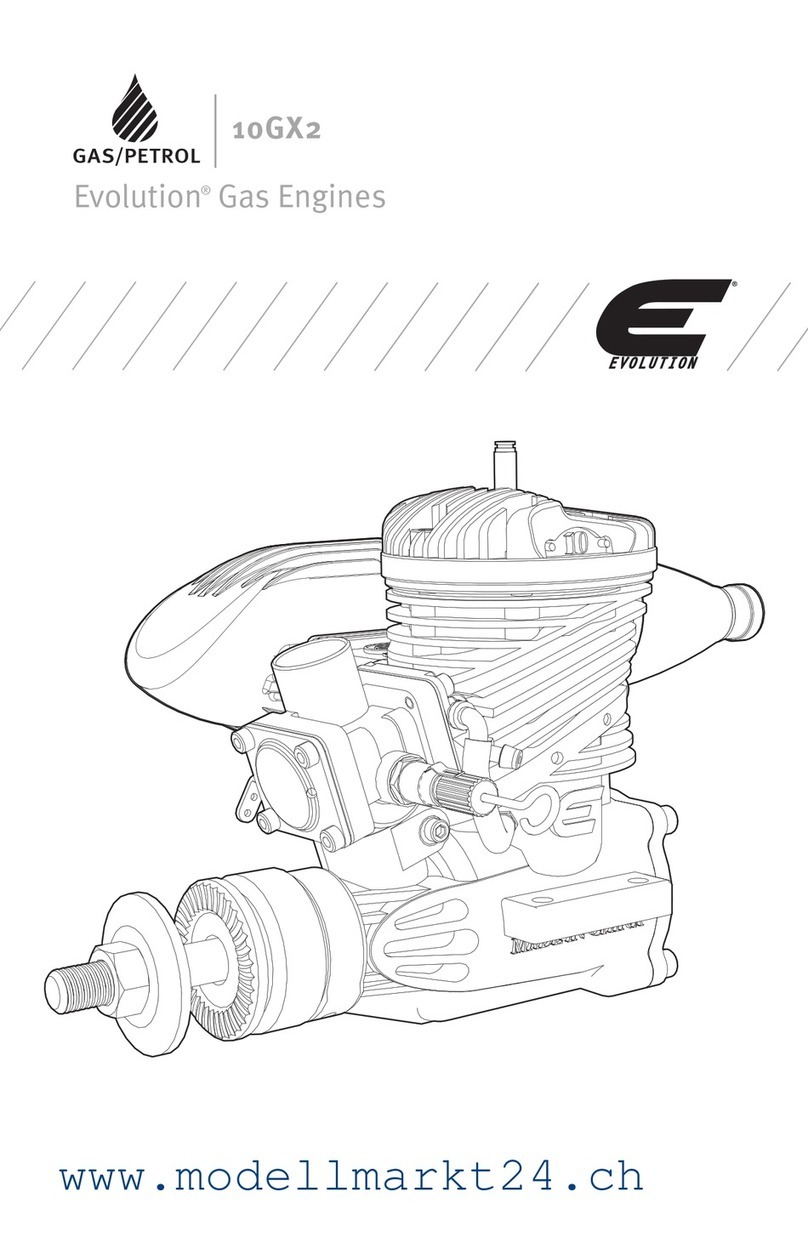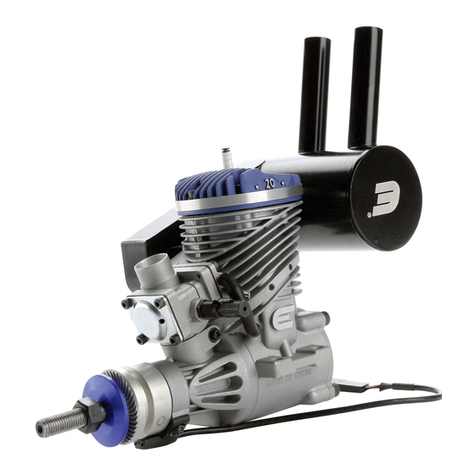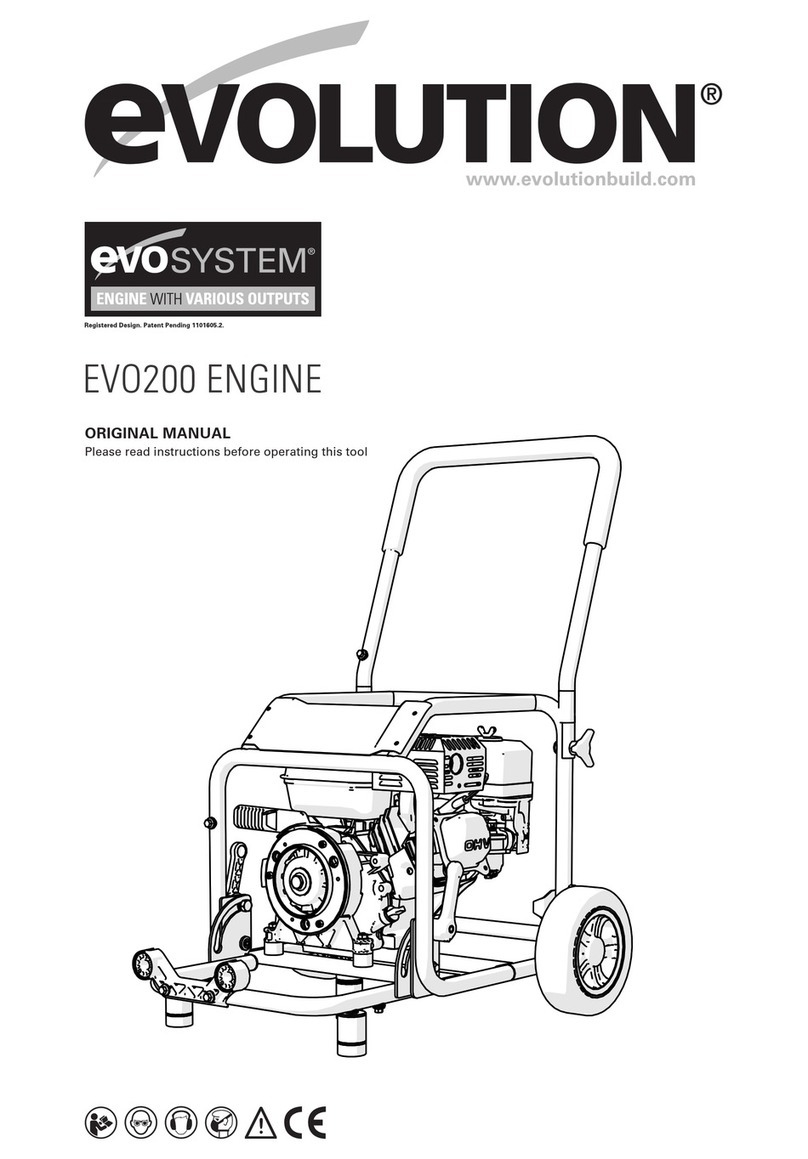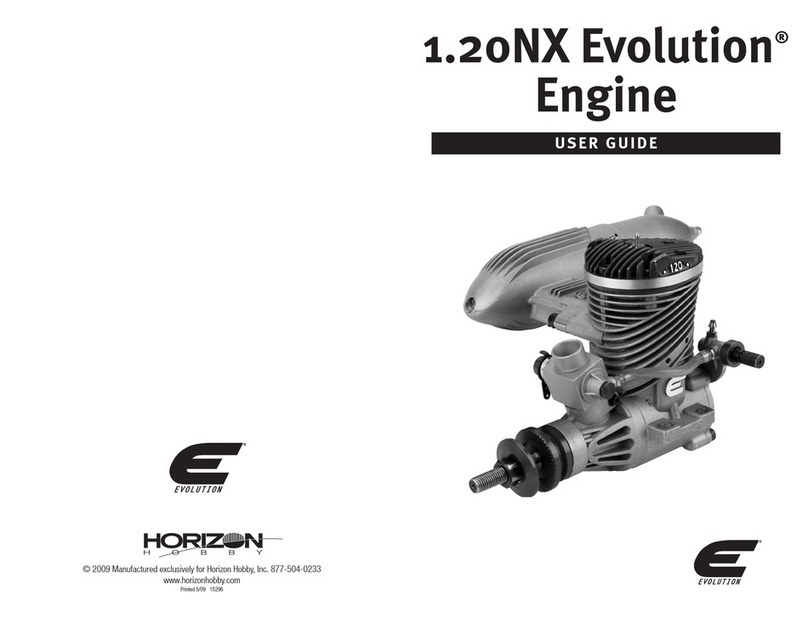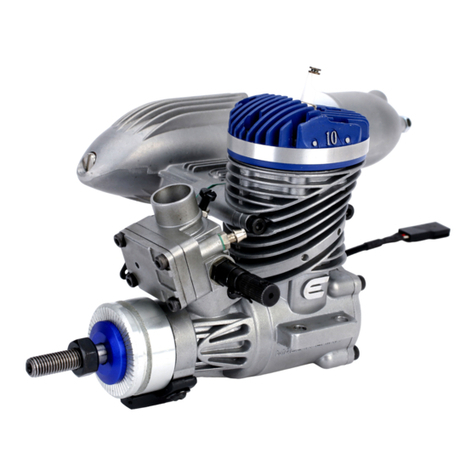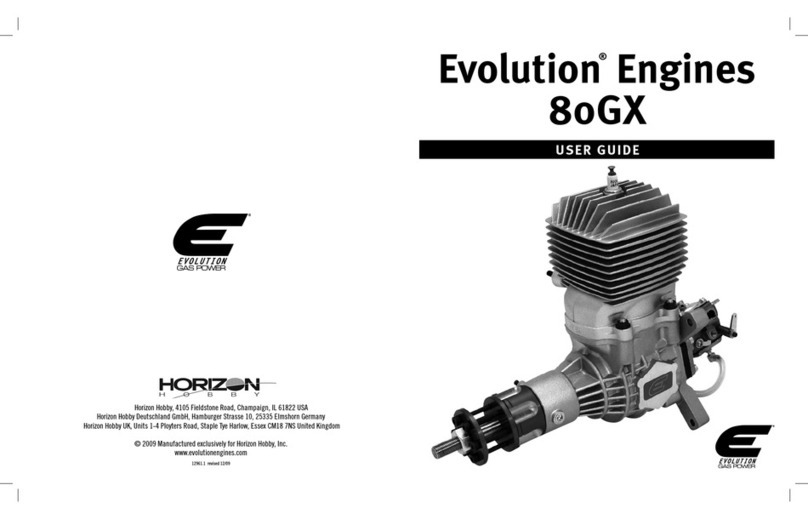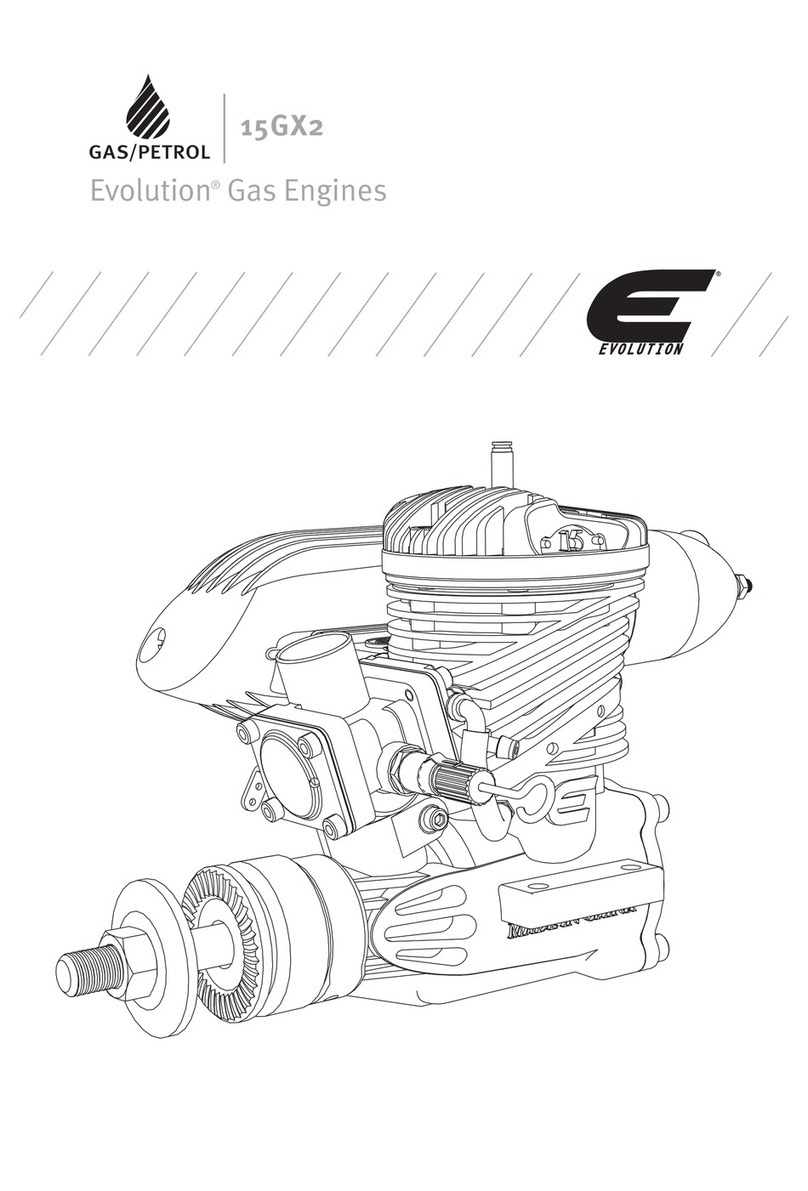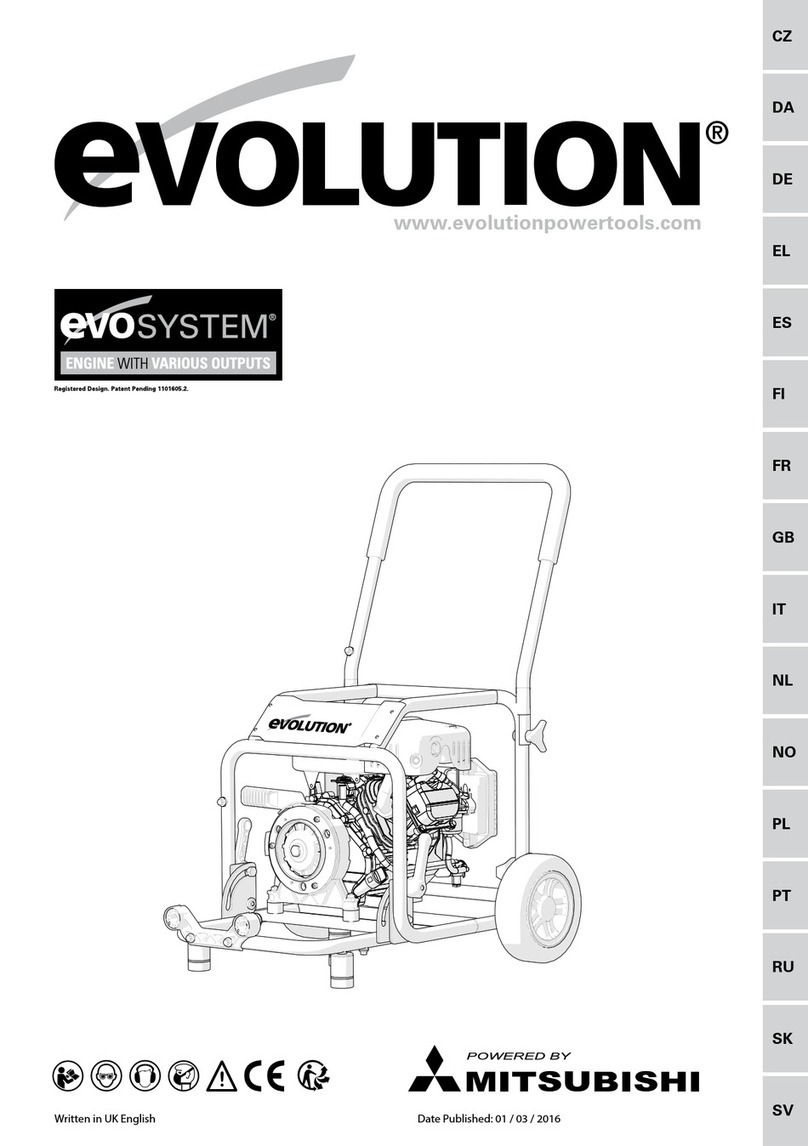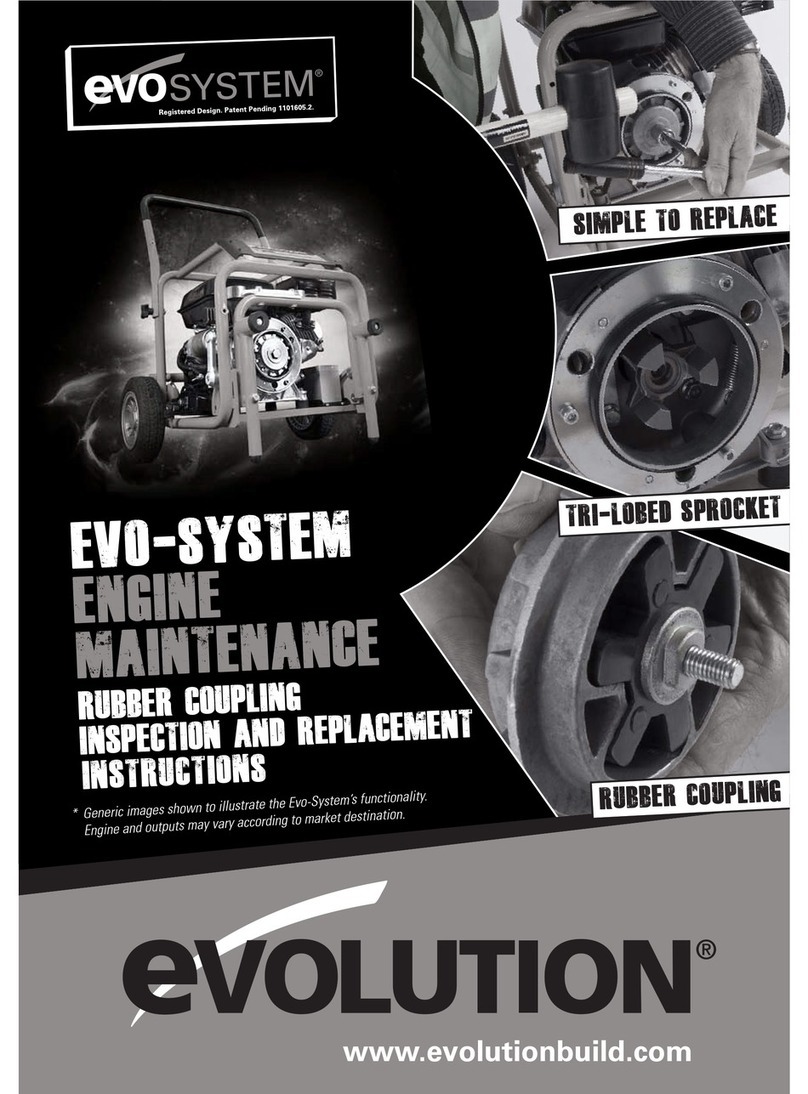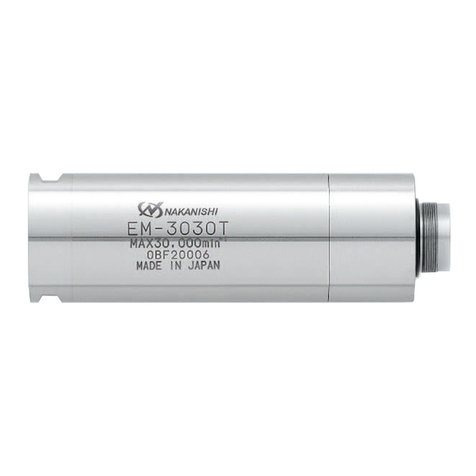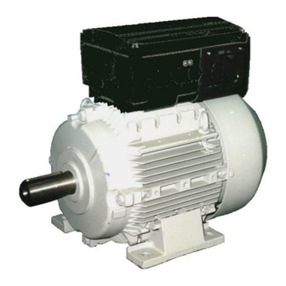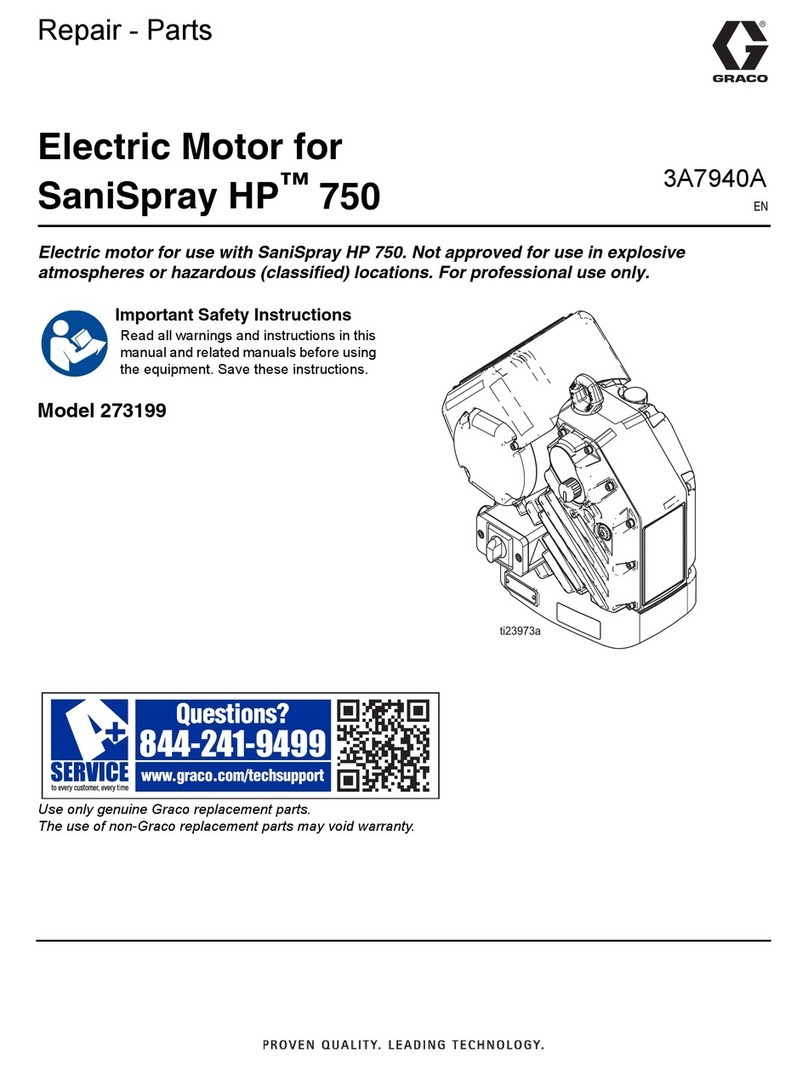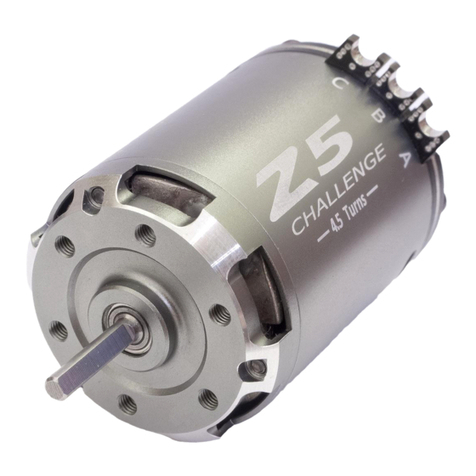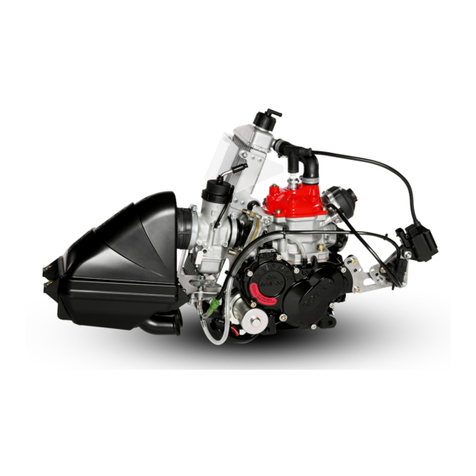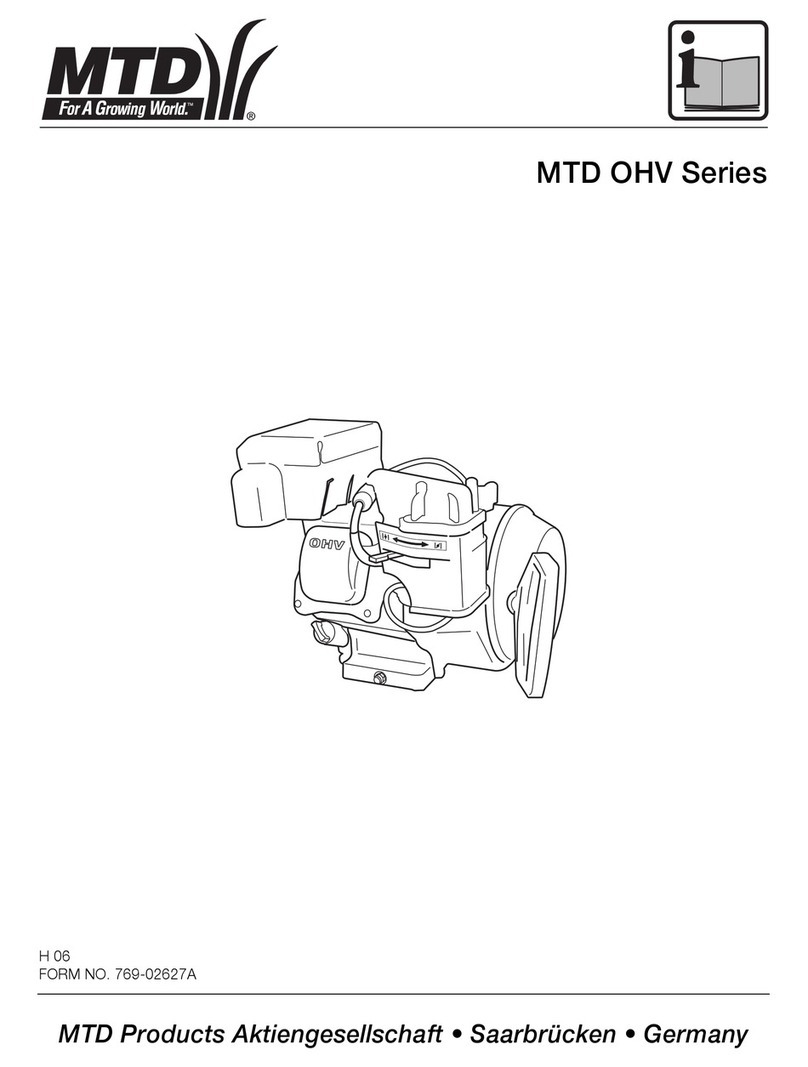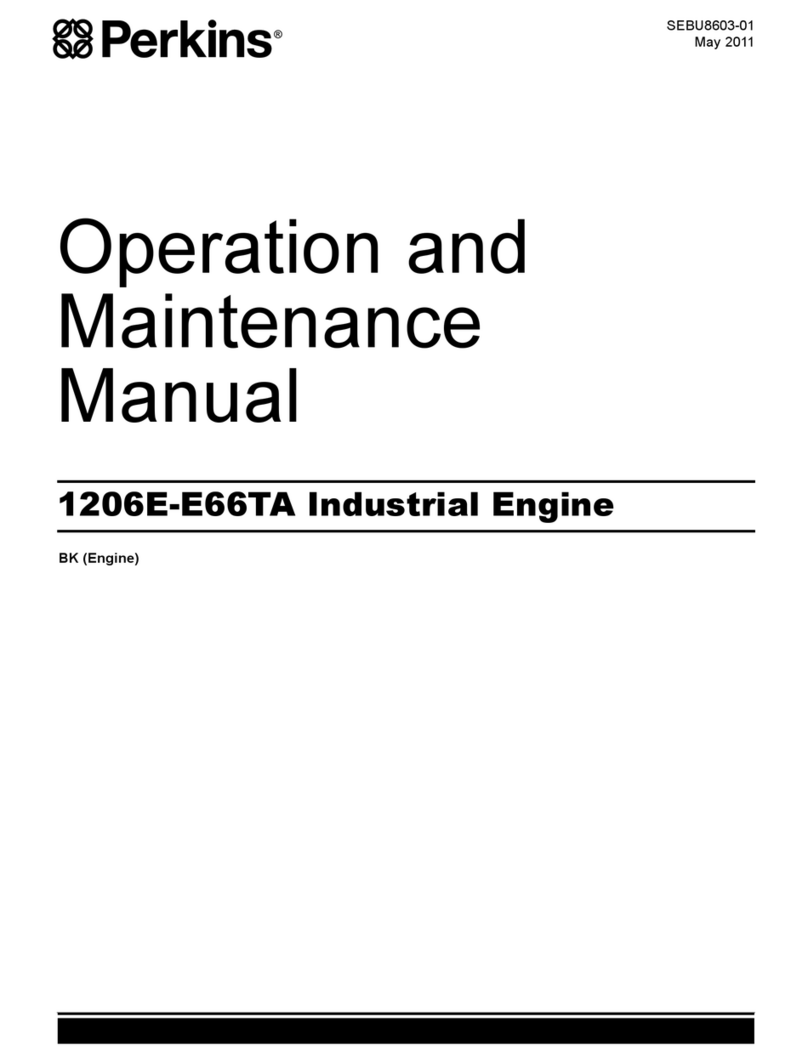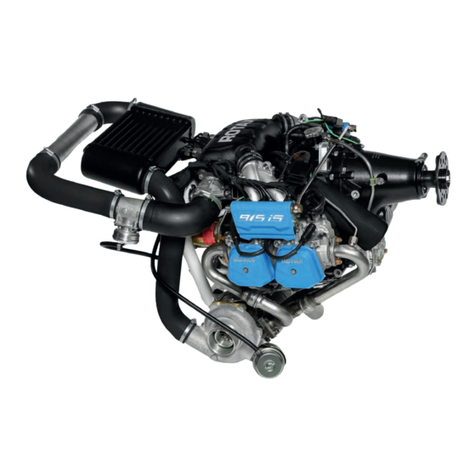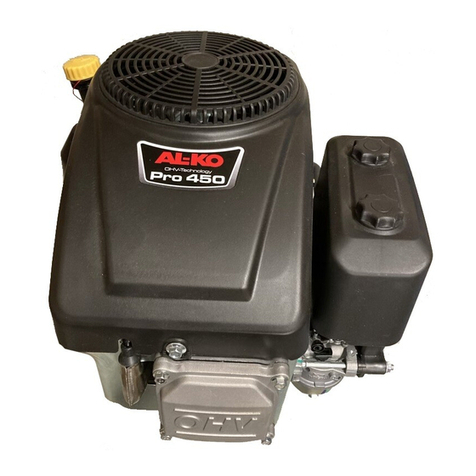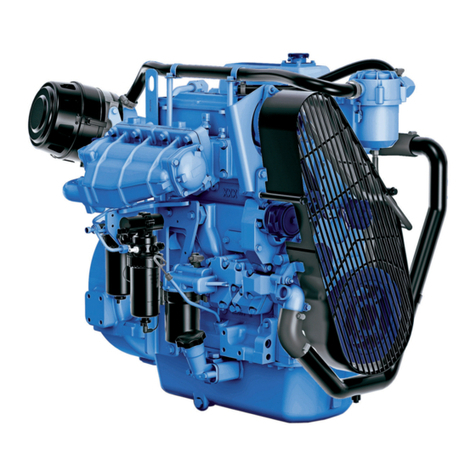SAFETY INSTRUCTIONS
FOR EVOLUTION ENGINE
a. Petrol or diesel powered engines must never
be used in unventilated closed spaces. The
exhaust fumes produced are highly toxic and can
cause ‘Carbon Monoxide Poisoning’ which will
cause drowsiness and ultimately death. It is only
permissible to run a petrol engine indoors if the
building can be very well ventilated and the exhaust
fumes can be captured and ducted to the outside
through an exhaust extraction/scavenger system.
b. The engine should be positioned on a firm
level surface. The wheels should be locked, so
that the engine cannot move during operation.
c. The engine should not be run at speeds
that exceed the maximum speed on the rating
plate. Operating an engine at excessive speeds
increases the likelihood of component failure and
consequent accidents.
d. Do not tamper with components that
regulate the engines speed. You may alter the
factory set running parameters.
e. Use only the type of fuel listed in this
Instruction Manual. Using fuel with an octane
rating less than that specified can lead to
excessive engine wear and premature engine
failure.
f. Keep the area around the engine clear, clean
and tidy. Never allow any combustible material
(timber, plastic, cardboard, canvas etc) near a
running engine.
g. Do not use in or near to potentially explosive
atmospheres. Dust laden atmospheres as can
be found in some industrial buildings (Flour Mills,
Timber Mills) have an explosive potential.
h. Regularly check the fuel system for leaks.
Hoses and unions should be checked for
deterioration or chafing. Check the fuel tank for
damage or for a poorly fitting or worn fuel cap. Any
defects must be rectified before the engine is used.
i. Always stop the engine and allow it to cool
down before refuelling. Try to avoid any fuel
spillage (often caused by ‘overfilling’ the tank)
and clean up any spilt fuel immediately. The
application of dry sand is an effective way of
neutralising fuel spills.
Do not allow sand to come into contact with any
part of the engine
k. Do not allow the engine to run out of fuel
while a generator under load is attached. Surging
of the engine as it uses the last of the fuel could
cause damage to connected electrical equipment.
l. When transporting the engine in a vehicle
ensure that the fuel tap is turned off. To
minimise the risk of fuel spillage the engine
should be secured by ropes etc to the load area
of the vehicle so that it cannot move during
transportation. The engine should be secured in
as level an attitude as possible.
m. For long term storage we recommend that
the fuel system of the engine is drained. During
long term storage additives in modern fuels can
precipitate from the fuel and block jets and valves
in the fuel system.
n. Store the machine in a secure and well
ventilated area. Unauthorised personnel should
not have access to this machine.
SAFETY INSTRUCTIONS FOR FUEL FILLING
a. Select level bare ground, remote from any
buildings as a refuelling station. Ensure that there
is no combustible material in the immediate vicinity.
b. Smoking, using a naked flame or producing
sparks is strictly forbidden whilst refuelling.
Petrol is highly flammable and its vapours are
combustible.
c. Ensure that the fuel tap is turned ‘off’. This
will ensure that fresh fuel does not ‘flood’ the
engines carburettor.
d. The engine must be turned ‘off’ and
allowed to cool before refuelling is attempted.
Inadvertent fuel spillage onto a hot engine can
result in the risk of fire.
e. Any fuel spills must be dealt with
immediately. If petrol contaminates any
clothing the operator must change clothes. Do
not rely on the fuel evaporating from the clothes.
Wash or launder the clothing when the fuel has
evaporated from the material.
f. The use of a funnel during refuelling is
recommended. Use of a funnel will minimise the
risk of fuel spillage.
g. Fill the tank with the correct grade of
unleaded fuel to a level approximately half
way up the fuel filter. Pour the fuel into the tank
carefully and do not try to fill the tank completely.
Pour the petrol slowly to avoid air traps during
filling that could cause fuel spillage.
h. Check the fuel tank cap, and replace as
soon as refuelling is completed. The cap has a
bayonet type connection. Check that it is correctly
installed and seated before slowly turning on the
fuel tap.

